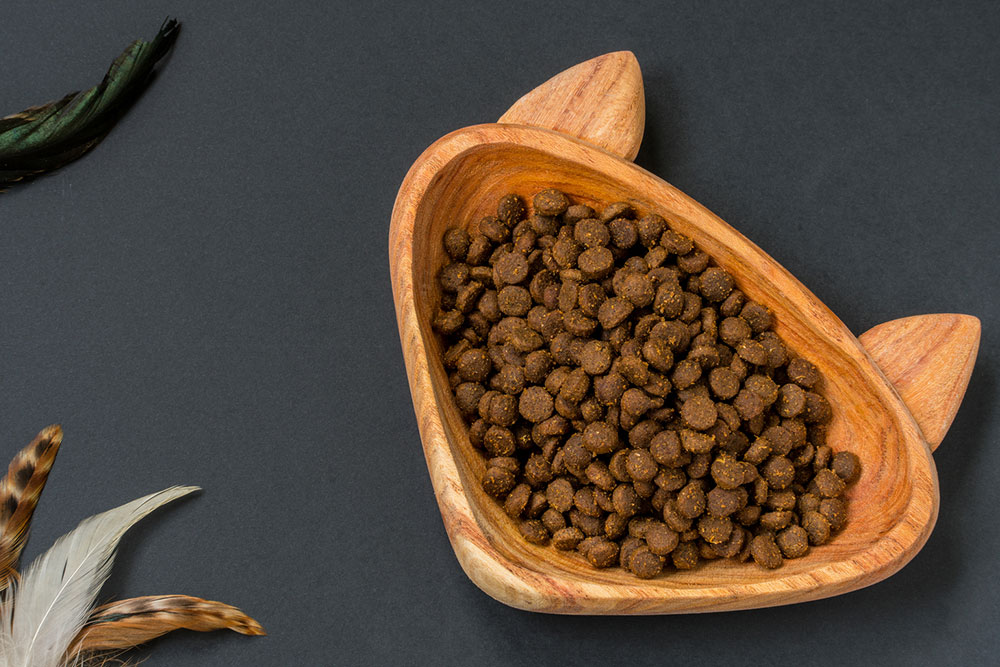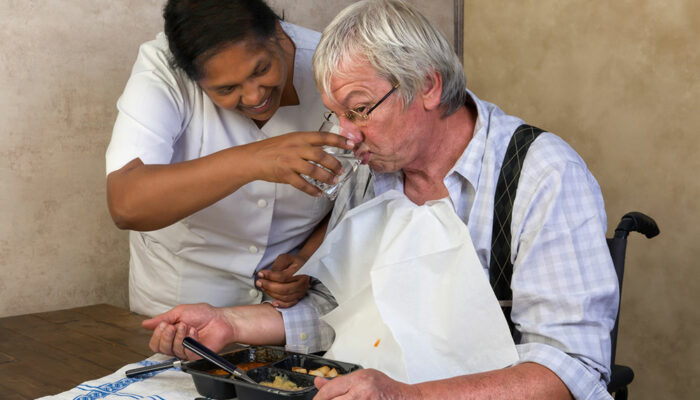
The Top 8 Most Toxic Houseplants for Cats and Dogs
Being a pet owner means being responsible for the life of another living creature. It is a part of that responsibility to make sure that the pet will have a safe, secure, and healthy home. Often, it could include eliminating things like toxic houseplants at home. Most pet owners are not aware that there are several houseplants that could pose serious health hazards to their pet especially when they ingest it. Most of the time, pet owners think that since the plants are for household use, then they must be safe. Unfortunately, there are plants that are safe for humans but not for cats and dogs.
Here is a rundown of some of the houseplants that could be deadly to pets in the home:
1. Aloe vera
One of the most popular household succulents is the aloe plant. It is very easy to care for and its liquid gel could be used to give relief to many ailments (i.e., burns and abrasions). However, if a pet accidentally ingests the gooey liquid inside the aloe leaf, they could be poisoned. Among the common pet toxicity symptoms include severe vomiting, change in urine color, anorexia, diarrhea, tremors, lethargy, and depression.
2. Asparagus ferns
Since asparagus ferns are hardy and do not require frequent watering and exposure to sunlight, they are popular household plants. However, this plant contains sapogenin, which is a steroidal agent that has a very high level of pet toxicity. When ingested, pets could suffer from abdominal pain, vomiting, skin inflammation, and diarrhea.
3. Sago palm
Sago palm also is known as cycads is very common in ornamental and tropical gardens. Unfortunately, all parts of this plant contain high pet toxicity levels. Ingestion of any part of a sago palm could be fatal to pets, leading to liver damage, multiple organ failure, vomiting, liver failure, and diarrhea.
4. Fiddle leaf
Fiddle Leaf is highly toxic to cats and dogs and could cause mouth irritation, difficulty in swallowing, and vomiting. Fiddle leaf is sometimes called Split-Leaf Philodendron, Red Emerald, Heartleaf Philodendron, Fruit Salad Plant, Red Princess, Horsehead Philodendron, Saddle Leaf, or Cordatum.
5. Jade plant
With its thick and rubbery petals, Jade plant is beautiful to look at. However, it could be very dangerous to cats and dogs. When accidentally ingested by pets, Jade plant could cause depression, loss of coordination, vomiting, and slowed heart rate. Jade plant is also known as Dwarf Rubber Plant, Chinese Rubber Plant, Friendship Tree, Japanese Rubber Plant, Jade Tree, and Baby Jade.
6. Lilies
There are different types of lilies and almost all of them are very dangerous to cats and dogs. Stargazer and Easter lilies are the only varieties that are safe around dogs. For cats, even these varieties are harmful. If a cat ingests a lily, they can experience extreme lethargy, vomiting, and loss of appetite. The cat could even develop kidney failure and die if treatment is not administered.
7. Sowbread
Sowbread is also known as Cyclamen. It is a pretty flowering plant usually found indoors. Like the palm, every part of this plant is lethal to cats and dogs. Ingestion could cause diarrhea, vomiting, and increased salivation level. The ingested tubers could cause seizures, problems with heart rhythm, and even death.
8. Elephant ear
Elephant ear gets its name from its leaves, which look like the ears of the elephant. Others call it Pai, Taro, Malangga, Ape, Sori, and Caladium. If this is ingested, pets could experience difficulty in swallowing, increased level of salivation, vomiting, and oral irritation.




